Having reviewed almost a dozen Razer laptops in the beyond few years of which that is our 5th Blade Stealth, it's usually a delight to find out what is new and what's been improved on newer iterations.
The new Razer Blade Stealth uses a brand new design with new hardware. All fashions include an Intel Core i7-8565U processor and a 13.three-inch 1080p show. The base version does not encompass discrete photographs, it packs a 256GB SATA SSD and 8GB of RAM. The pics model, the version we obtained to review, has GeForce MX150 discrete photographs, a 256GB PCIe SSD, and 16GB of RAM. Both versions come with fifty three Wh batteries, at the same time as in some regions there’s an even higher-specced model with a 4K show and a 512GB SSD.
Following up to our study Intel Whiskey Lake CPU overall performance, it’s now time to nicely test out the pc we used for the ones benchmarks. Do notice this pc become launched in the direction of the give up of 2018, so it's effortlessly available and it’s an impressive piece of hardware that’s well worth looking at in element.
Read More :- Apple Tax or Not? Ivy Bridge Ultrabooks vs. 13" MacBook Air
- Razer Blade Pro Review
- Microsoft Surface Book Review
- Lenovo ThinkPad T510 Notebook Review
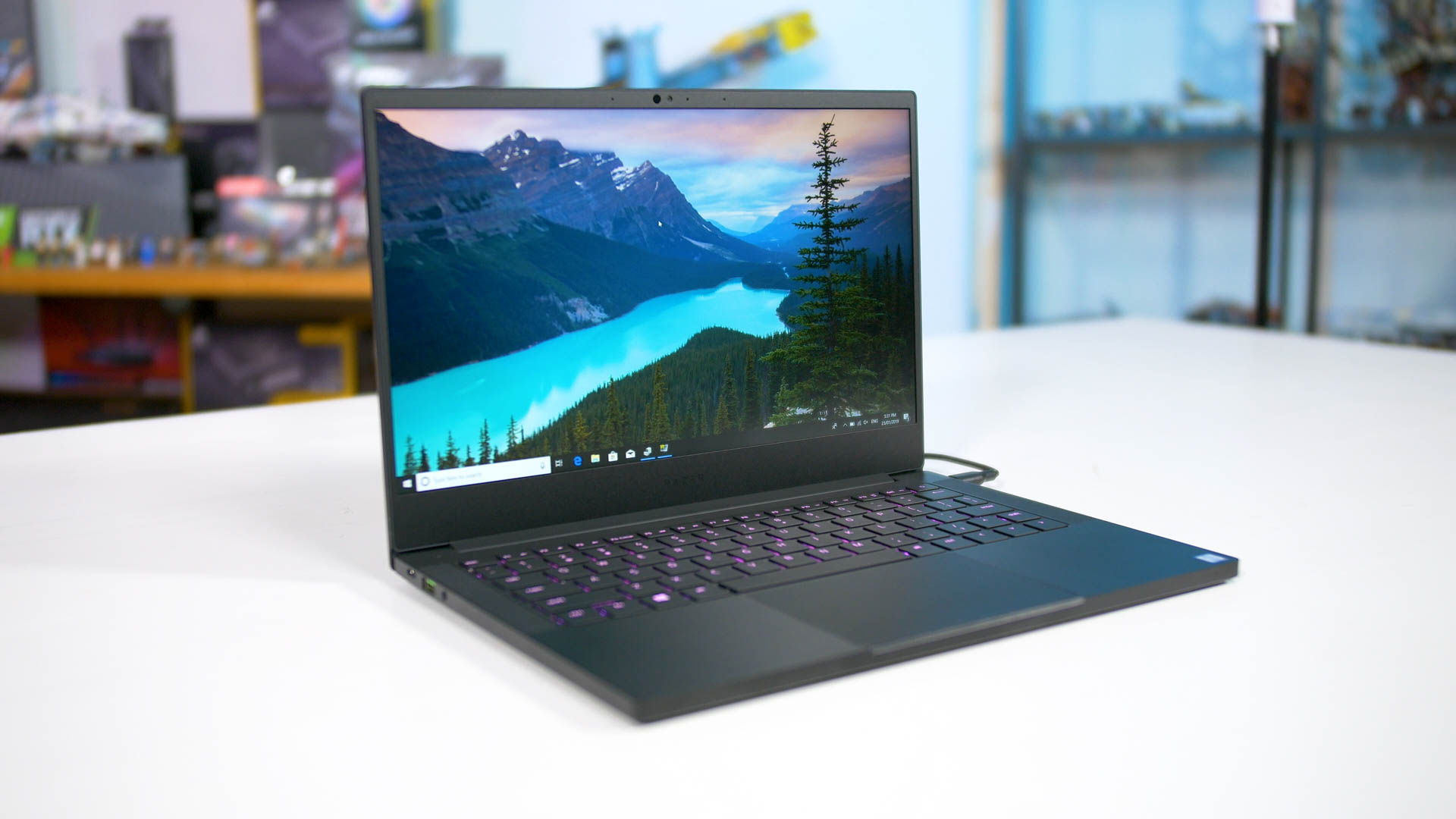
Pricing clever, we’re looking at $1,400 for the bottom version, $1,six hundred in case you want the MX150, and $1,900 if you additionally need the 4K contact show. As tends to be the case with Razer laptops, it’s pretty highly-priced.
The previous Blade Stealth seemed quite respectable and improved upon the chunky older designs in many methods, but this more recent design steps matters up some other notch. It makes use of a comparable build to the 15-inch Razer Blade in that it’s a squarer layout with slimmer bezels around the display. It’s now at the point wherein the display dominates the lid location like a whole lot of modern-day ultraportables. We’re no longer at loopy display screen to frame ratios just yet, however the new Blade Stealth doesn’t experience like there’s wasted area across the display screen.
Build great has constantly been a killer issue to Razer’s notebooks and that’s nevertheless the case right here.
The most important chassis is a solid aluminium unibody with a black anodized finish, it’s easy, it feels genuinely robust and it appears excellent. It’s a piece of a fingerprint magnet but that’s the case with most black steel laptops.
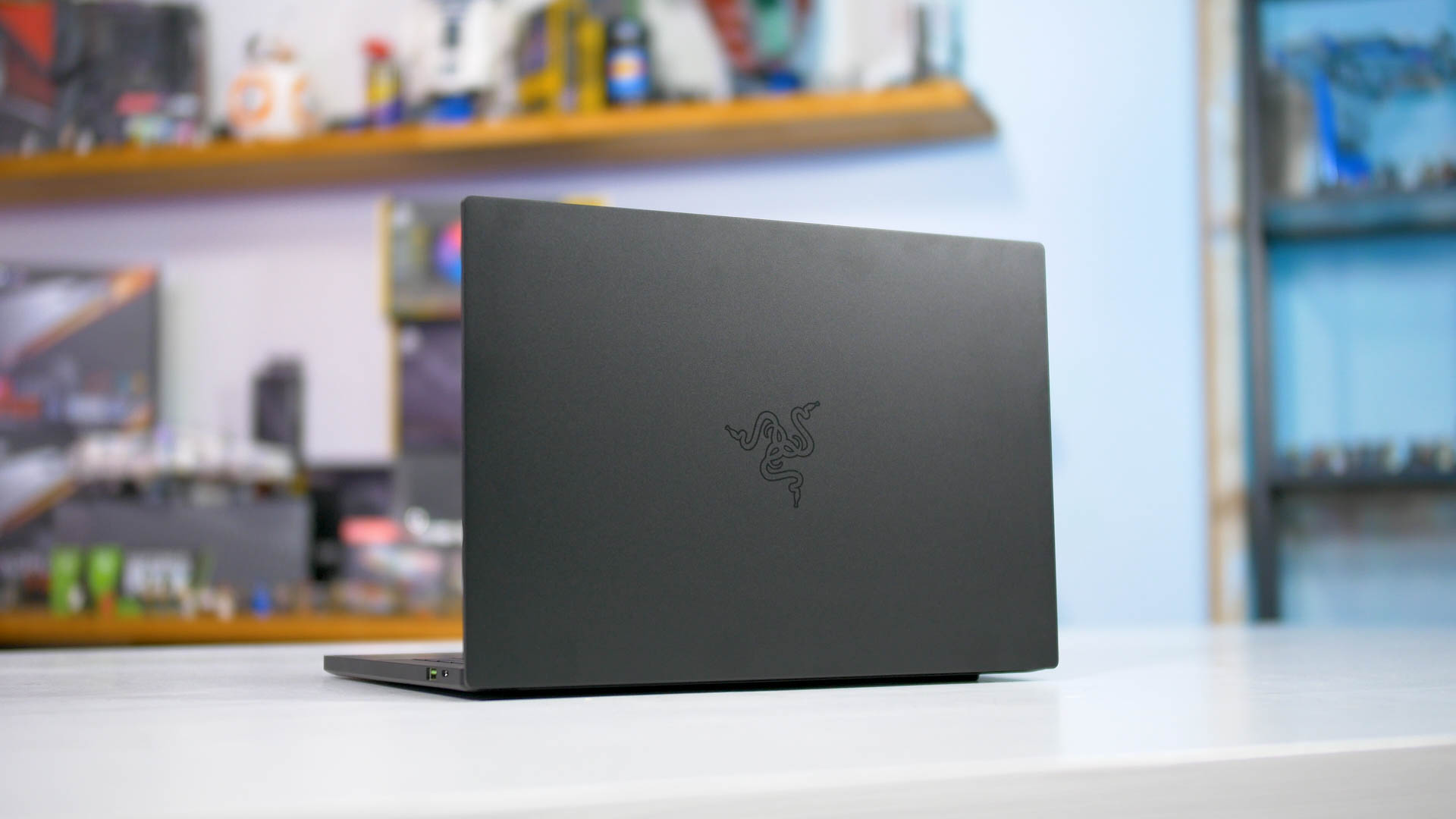
While the overall footprint is smaller than earlier than way to its slimmer bezels, it is ~1mm thicker than preceding fashions which makes next to no difference. The key region of interest is the load, which varies among 2.8 and three.zero lbs depending at the model. That’s now not particularly mild for an ultraportable in 2019 however it’s not heavy either.
Looking on the ports and capabilities, it’s all widespread affair for this machine. There’s a Thunderbolt three port, a USB-C 3.1 port and USB 3.1 Type-A ports plus a headphone jack. While there are more USB ports on this pc than its predecessor, that’s come at the price of the complete-sized HDMI port which is disappointing. To hook up a display you’ll in all likelihood want a few sort of HDMI or DisplayPort adapter.
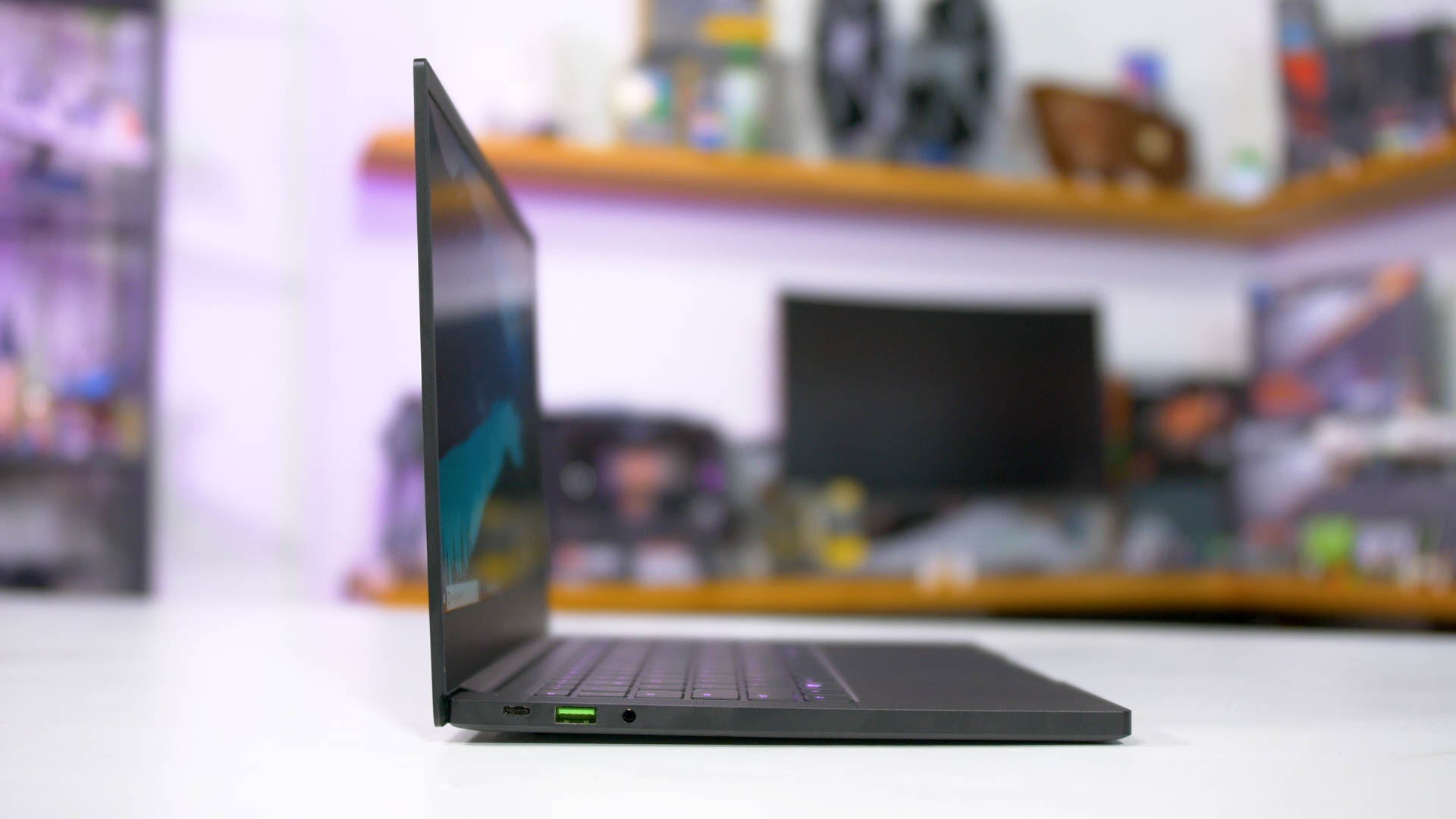
The Blade Stealth additionally has a primary 720p webcam above the show with Windows Hello aid. There are speakers on either facet of the keyboard which might be pretty average as is the case with basically each computer in recent times. The trackpad is expansive, accurate and responsive similar to Razer’s other trackpads. And the keyboard has a wonderful tactile reaction to it, best and clicky for a computer keyboard which is what I like to see. It’s also now not cramped and includes complete sized arrow keys in addition to a number on hand capabilities mapped to the F-keys.
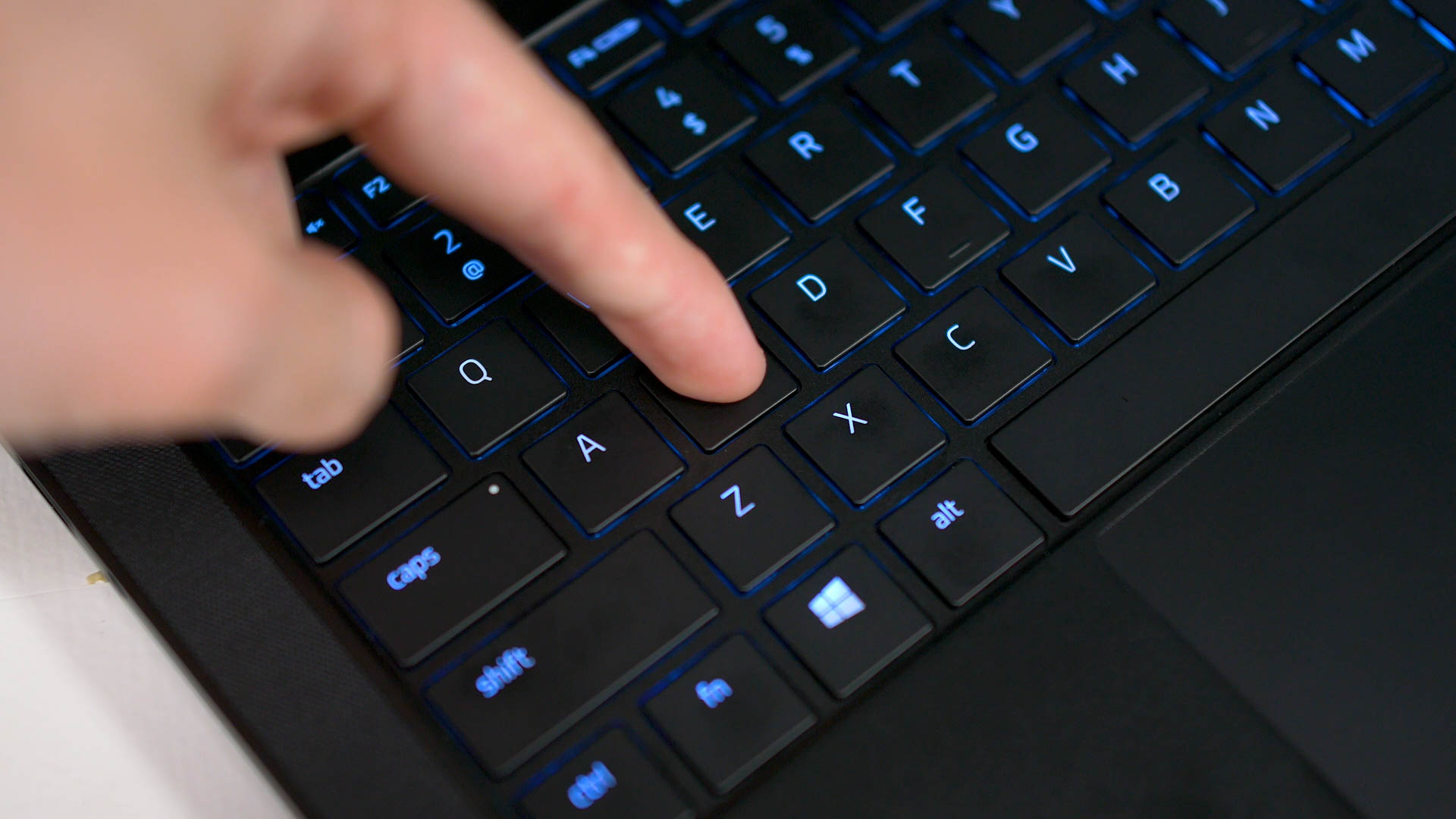

It wouldn’t be a Razer product without some shape of Chroma RGB lights, but the new Blade Stealth consists of it in a quite constrained shape.
Rather than in step with-key RGB lights for the keyboard like previous Razer laptops, the Blade Stealth just has a unmarried backlight sector that encompasses the entire keyboard. This limits the available consequences, however I don’t suppose per-key RGB is all that necessary for an ultraportable and I’m certain this new single-sector design saves each area and battery.
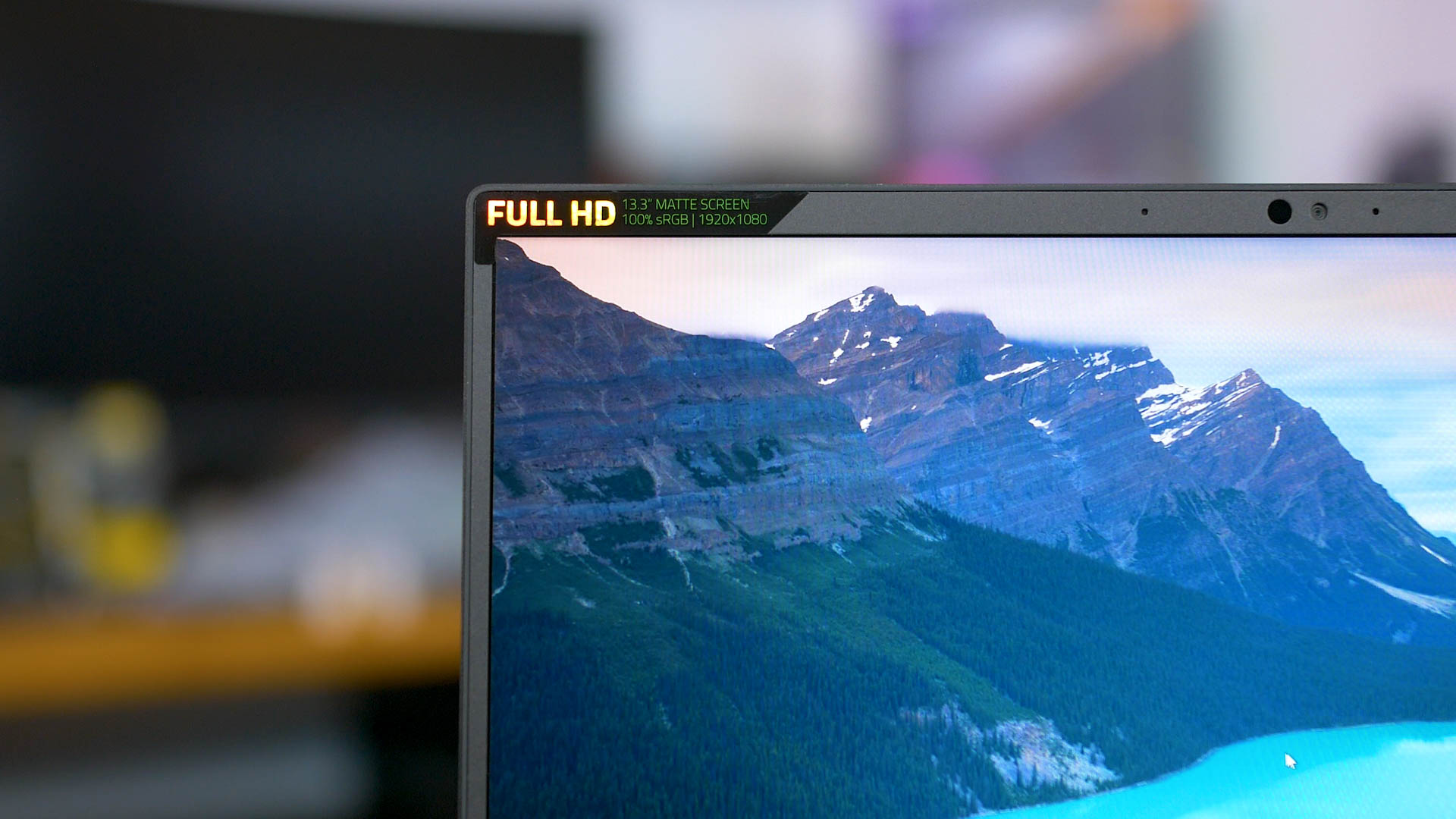
The show, at the least for the bottom and pix fashions, is a 13.three-inch 1080p IPS at 60 Hz. Nothing too fancy, just your usual computer-grade show. A key feature is that Razer is individually manufacturing facility-calibrating every display, and they may be boasting a hundred% sRGB insurance as well, that is exquisite news for those that need color accuracy and first rate colors for content introduction.
This panel is one of the better ones I’ve visible in laptops, boasting a comparison ratio of 1300:1 and brightness as much as 400 nits, that is above common in both regards. Color accuracy is ideal out of the box, too. The white factor is ideal at 6500K and whilst that does fall away truly over the greyscale variety, there’s no substantive shade tint.
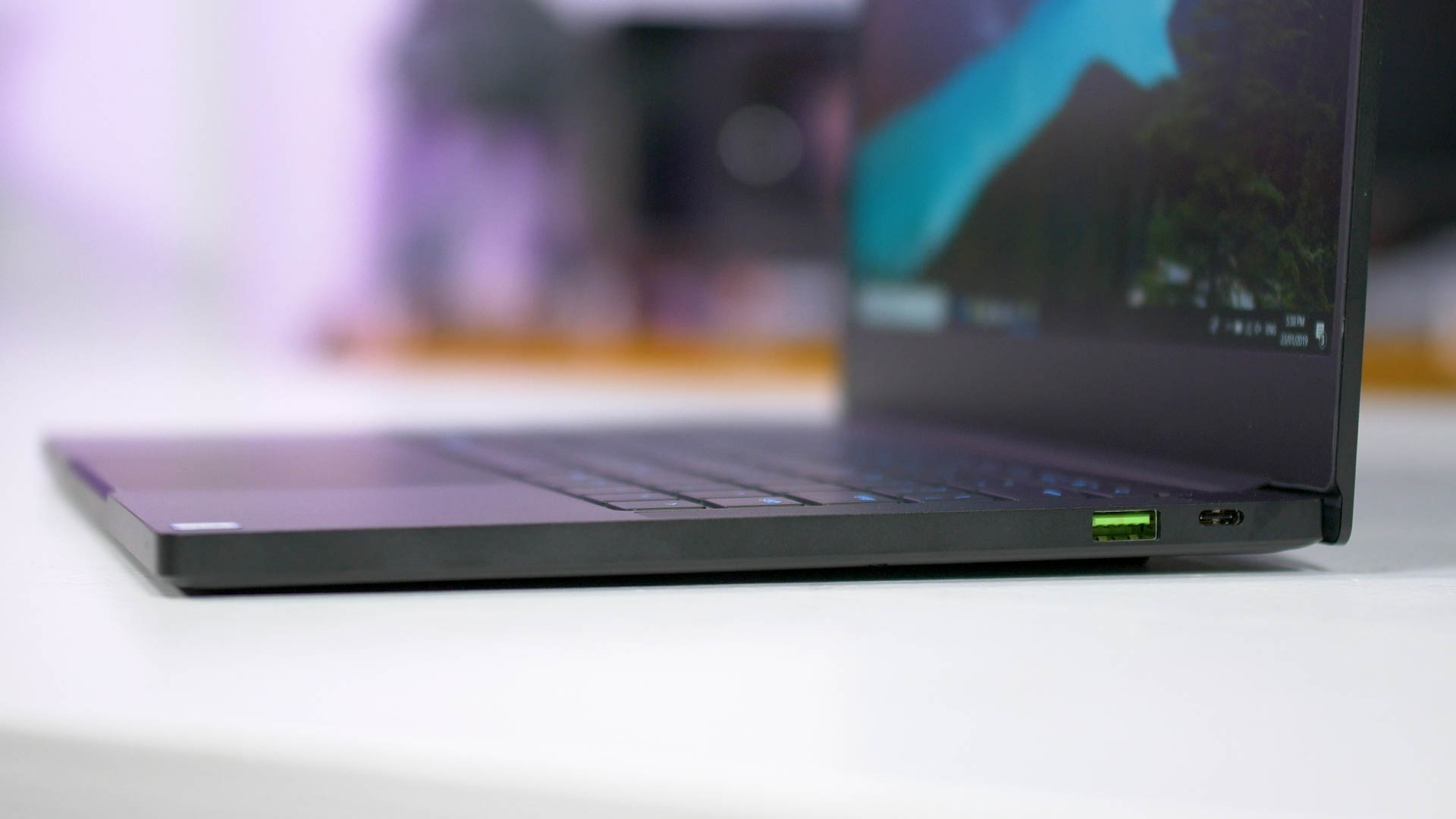
Greyscale deltaEs of 2.04 are simply slightly higher than what we elegance as ‘superb’, even as a saturation deltaE of 1.25, and a ColorChecker deltaE common of one.fifty five are first rate effects. This degree of accuracy is properly above common for a pc and makes it a notable display for content material creators.
Performance
Let’s talk about overall performance. We're going to awareness at the Blade Stealth with discrete photos and workloads that specifically employ the GPU to peer how the MX150 makes an impact. We already included the overall performance of the Core i7-8565U in a separate assessment. So if you’re interested by how CPU-handiest workloads carry out, or how the bottom version will perform in widespread, check out our Whiskey Lake CPU evaluation.
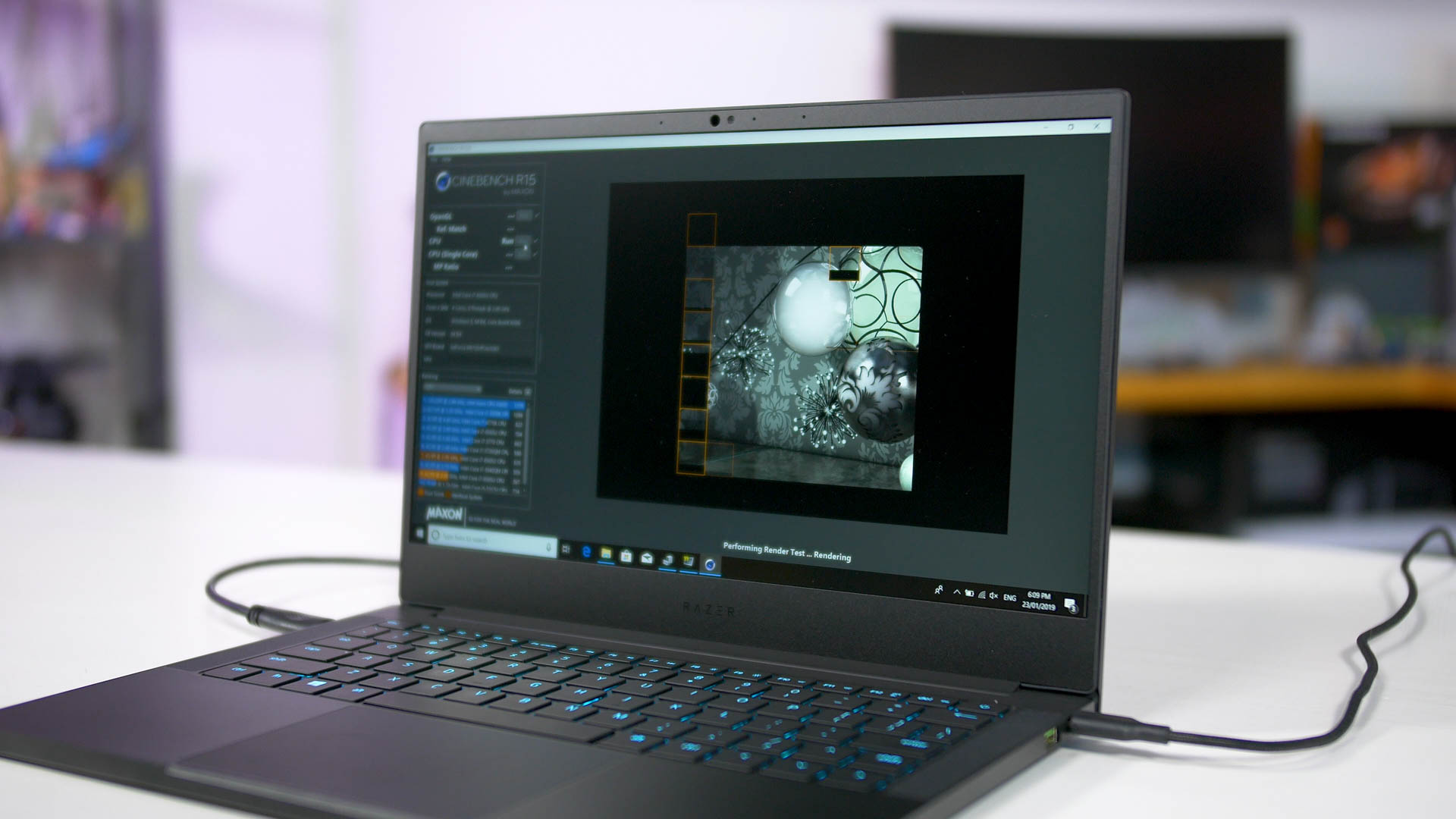
As a refresher, the Blade Stealth makes use of the quad-core i7-8565U which is Intel’s new excessive-stop Whiskey Lake CPU constructed on 14nm++. Normally this CPU is configured to use a 15W TDP, however Razer has selected to use the cTDP up state of 25W, which permits the chip to run at better sustained clock speeds.
The rated clock speeds for the 8565U are 1.8 GHz base with a 4.6 GHz unmarried-middle Turbo and a 4.1 GHz all-core Turbo, however typically the 25W version of the chip hovers around 3.1 GHz during sustained non-AVX workloads.
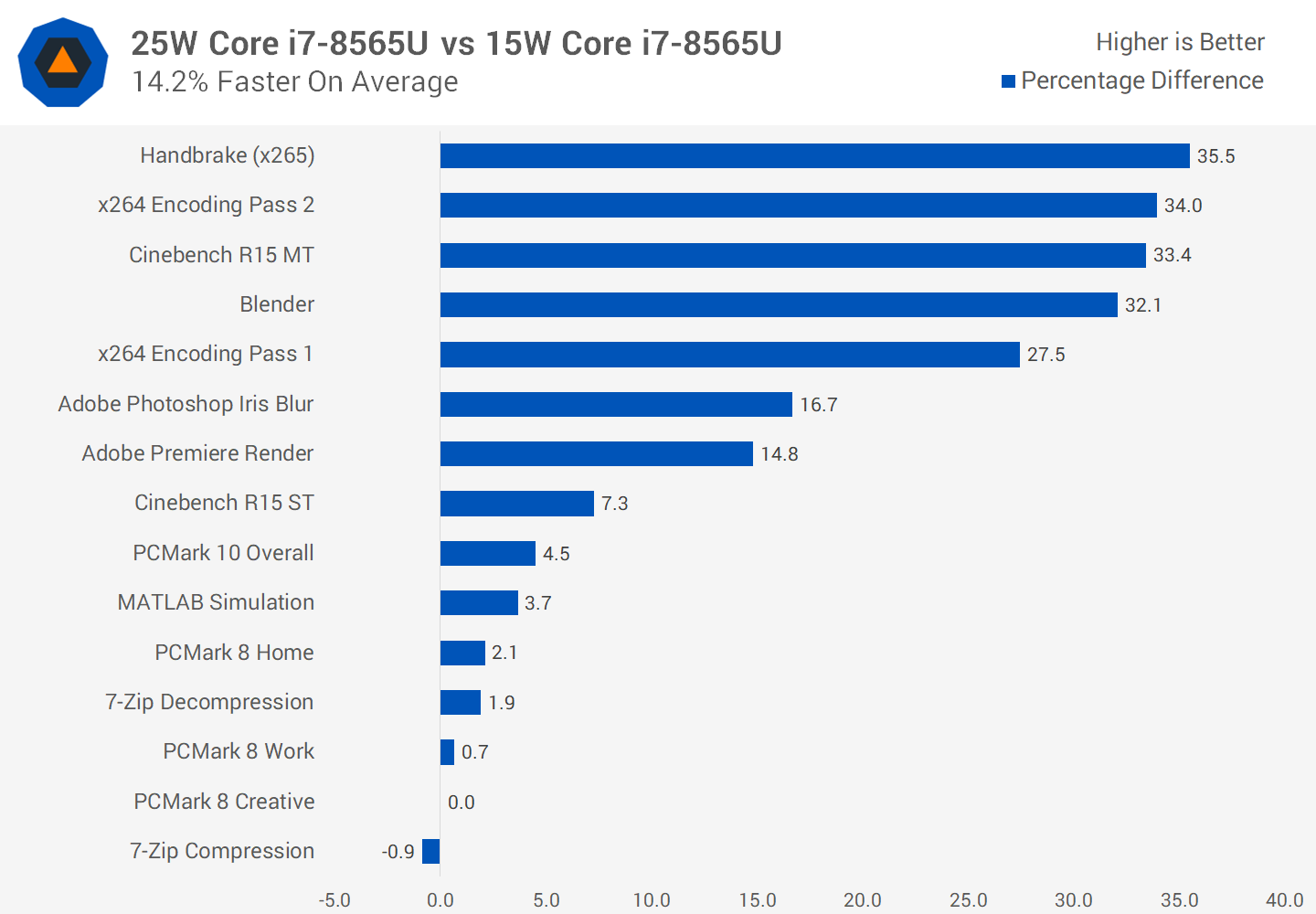
In CPU-heavy benchmarks the 25W 8565U is up to 33 percent quicker than the 15W 8565U, in order that’s something to don't forget when evaluating the Razer Blade Stealth to other 8565U laptops that use the same old 15W configuration. You gained’t see 33% profits in each app, brief workloads are in large part unaffected and unmarried-thread overall performance is 4 to 7 percent better, however for long encoding responsibilities it’s a good sized distinction.
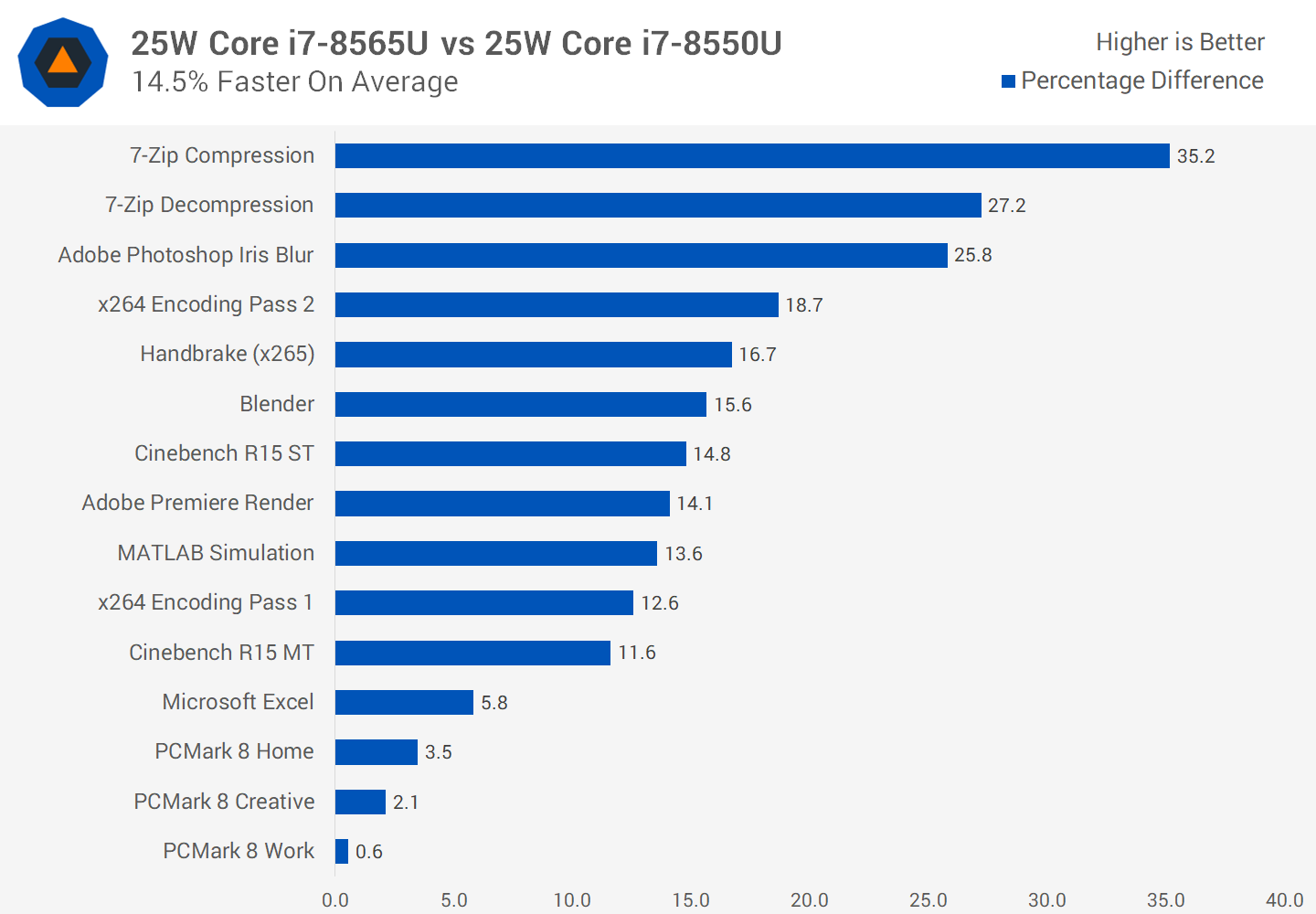
The 25W 8565U is also about 15% quicker than the 25W Core i7-8550U, Intel’s preceding Kaby Lake Refresh CPU. And that margin increases to 20% on common over the 15W 8550U, with profits up to 38% in some workloads.
That ought to absolutely justify an upgrade over the 8550U depending on the system you previously had. And of path, if you’re coming from whatever dual-core, like a Core i7-7500U or older, expect gains of sixty two% on average.

Now allow’s discover what the MX150 brings to the desk...
It’s crucial to word this isn't always the '1D12' variation of the GeForce MX150, instead that is the completely fledged version. Razer specifies this is a “25W” MX150 and searching at GPU-Z confirms that is a ordinary 1D10 model. So that’s right news, even though I wish Nvidia wouldn’t be so complicated with their GPU names.
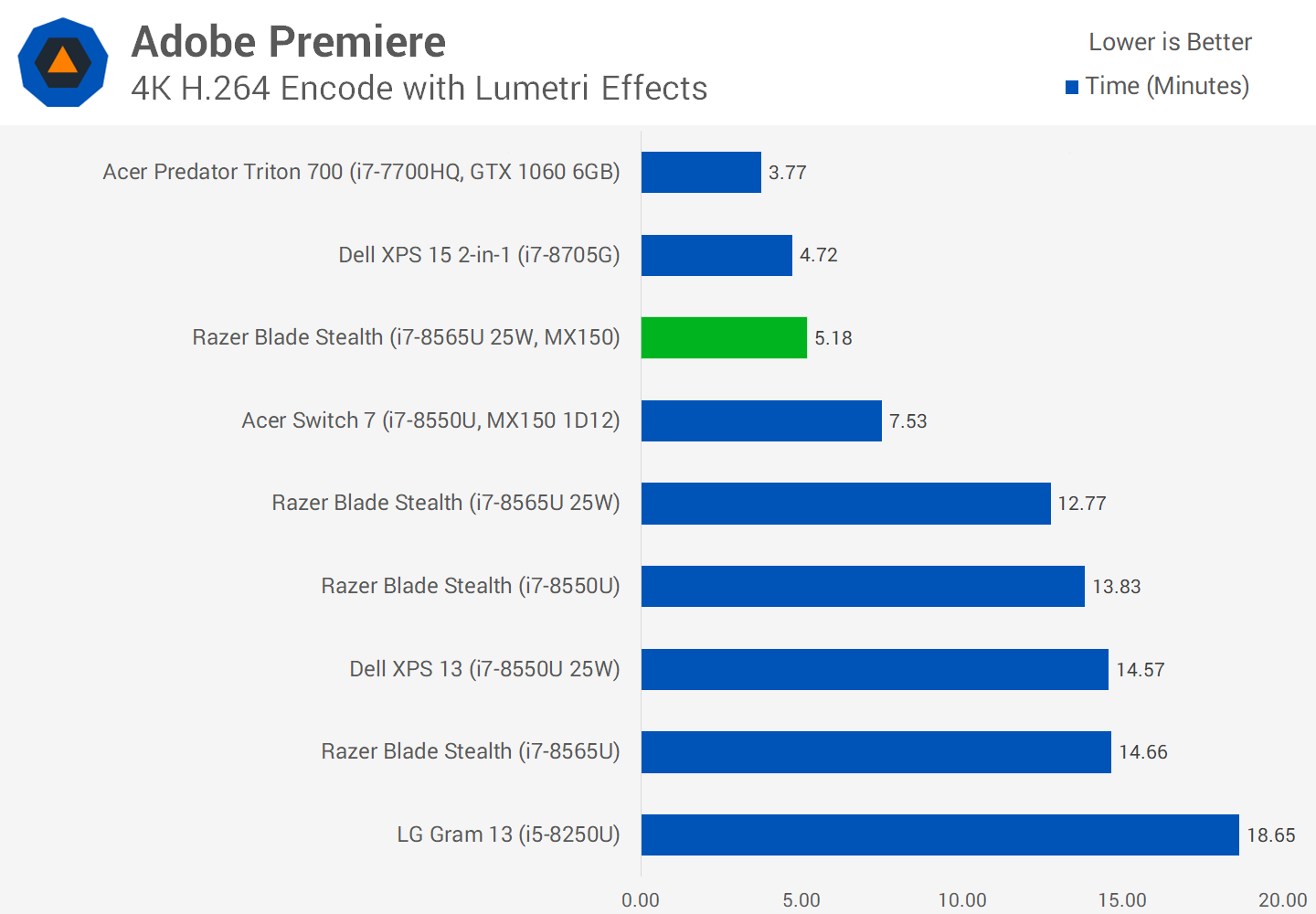
The MX150 comes into play in whatever that’s GPU elevated, in order that includes famous applications like Adobe Premiere. Here the MX150 has a substantial impact on render instances, both with and with out Lumetri shade processing consequences.
Who Is It For?
The new Razer Blade Stealth gives an excellent average package deal. The layout is first rate, however that’s been complemented this time around with pinnacle-end hardware for what's feasible on this sort of ultraportable chassis design. We’re getting the 25W model of the Core i7-8565U, so it'll outperform maximum other laptops that use the 15W configuration, or are stuck on Kaby Lake Refresh.
We’re additionally getting a completely fledged MX150 discrete GPU, so Razer has matched a powerful CPU with a effective GPU for this shape element. Previous fashions left the GPU a touch at the back of, with Razer pushing their Core V2 external GPU solution for the ones trying to do a little gaming. This new model is not a gaming powerhouse, but it’s now appropriate for Fortnite or Overwatch-kind gaming with none external boxes.

The display is also magnificent, handing over incredible coloration accuracy out of the box, making it suitable for innovative programs. You’re also getting Thunderbolt three plus full-sized USB, a terrific trackpad and what seems to be first rate battery existence. It’s a virtually neat package universal.
Most of the worries I actually have with the hardware bundle are minor. The fan is just too competitive with the aid of default, although that may be adjusted. Full-sized HDMI has been eliminated. And you’re simplest getting a 256GB SSD inside the fashions without a 4K display, although as it's an m.2 drive it ought to be upgradeable.
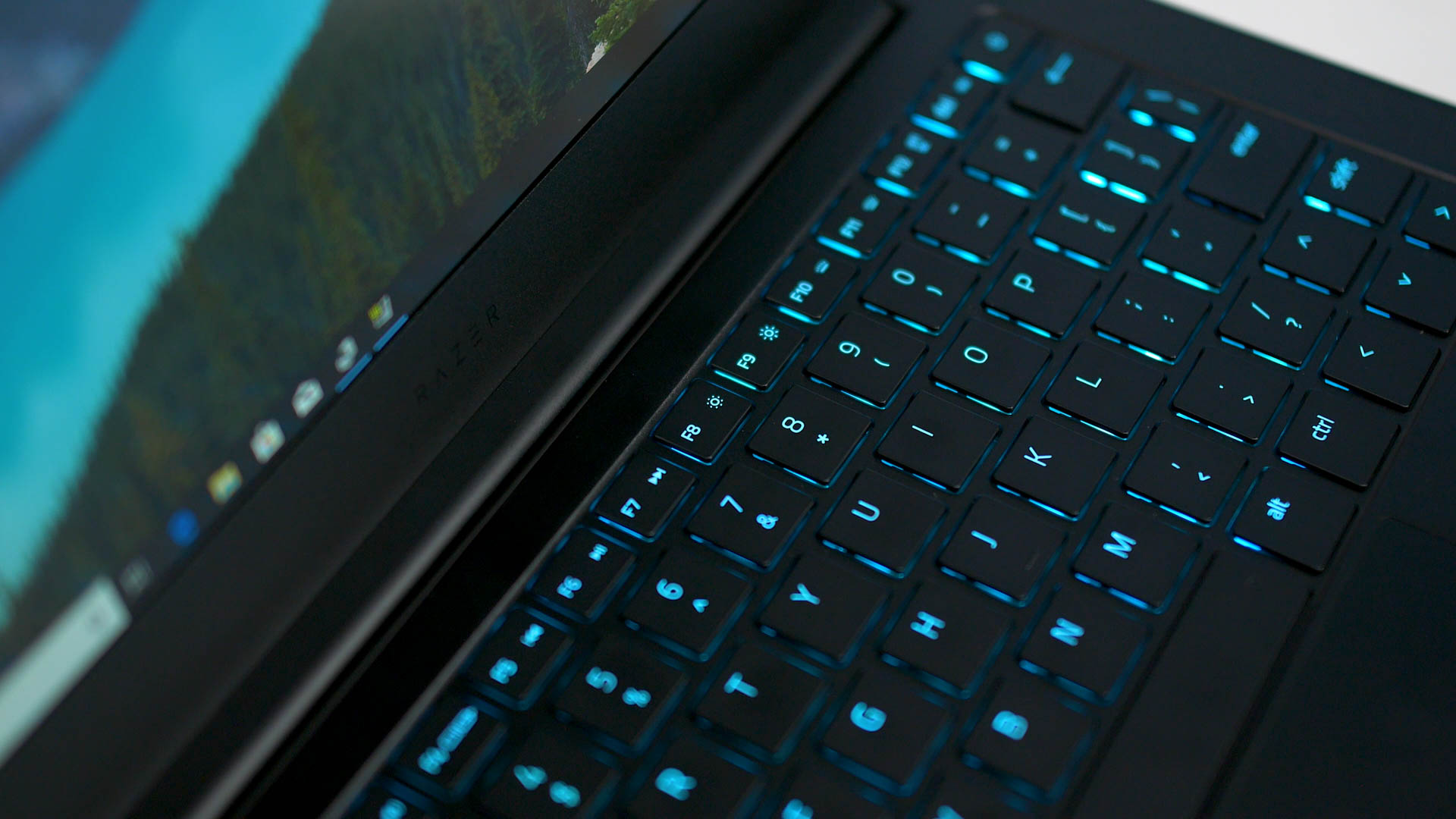
The other difficulty for a few customers may be the charge. $1,four hundred for the bottom version without discrete pictures units a big top rate. Yes, you get the 25W Core i7-8565U, but there’s simply 8GB of RAM and a 256GB SATA SSD. Asus offers the 15W 8565U plus 16GB of RAM and a 512GB SSD for $1,two hundred in the ZenBook 14 UX433FA. So you’d must really want the more CPU overall performance to justify spending greater at the same time as also sacrificing RAM and garage capability. The RAM especially hurts the Blade's possibilities to fight off fee competition.
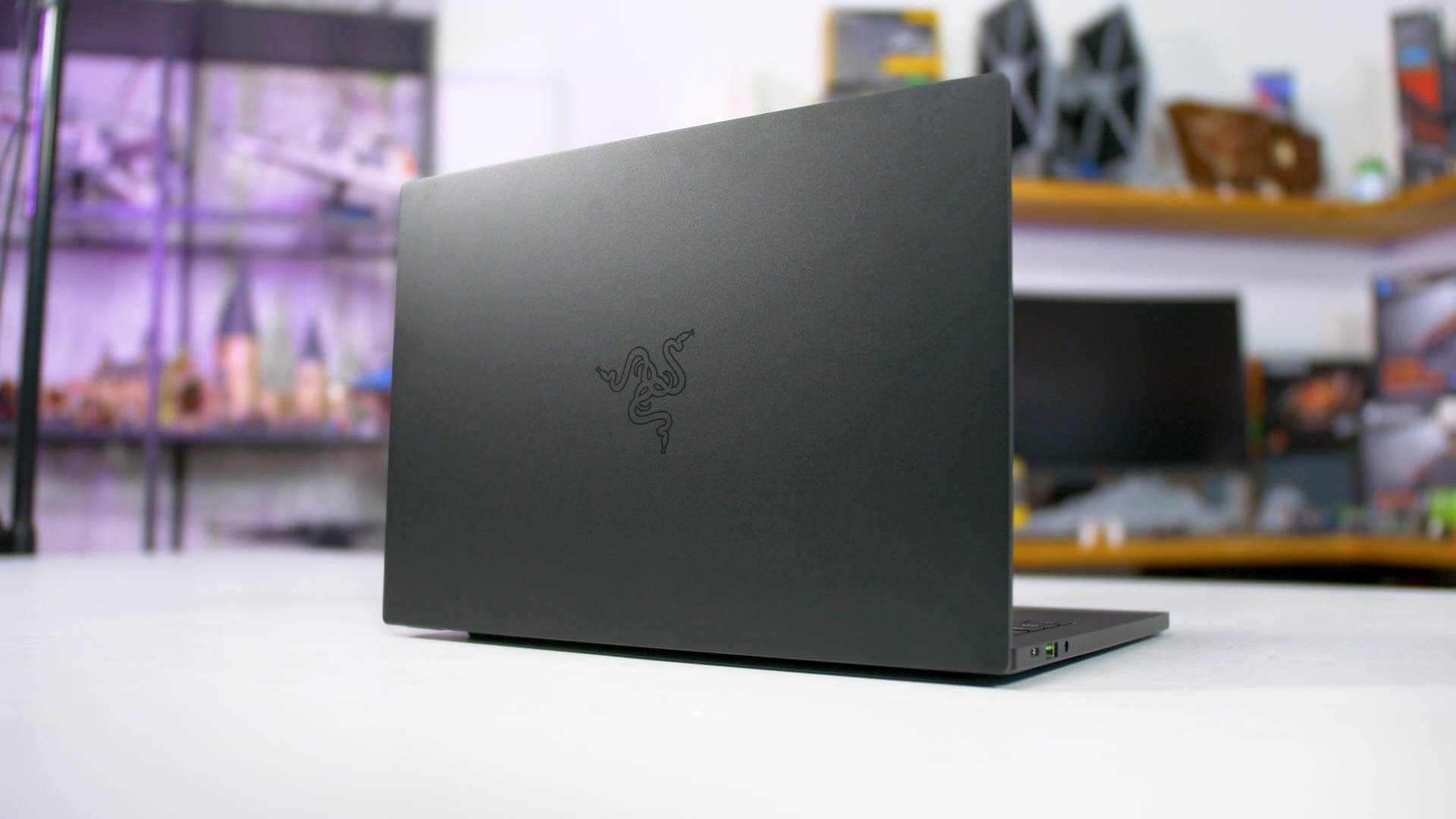
Then there’s the $1,600 images model, the one we reviewed. In some ways I can see this rate being justified, now not plenty of systems offer a 25W quad-center plus a full MX150 GPU on this form of form issue. And you’re getting 16GB of RAM. When you consider that a whole lot of laptops marketed as having an i7-8565U and MX150 may have the 15W CPU configuration and the slower 1D12 MX150, I do suppose there’s a few benefit in spending extra money for the outright fine overall performance.
Of course, if you require much less overall performance, you may be perfectly happy with the MX150 1D12 and even, say, a previous gen i7-8550U. This combination will emerge as 20 to 30 percentage slower than the Blade Stealth, but you could find comparable shape issue laptops with that combination which can be more than 30 percentage less expensive.
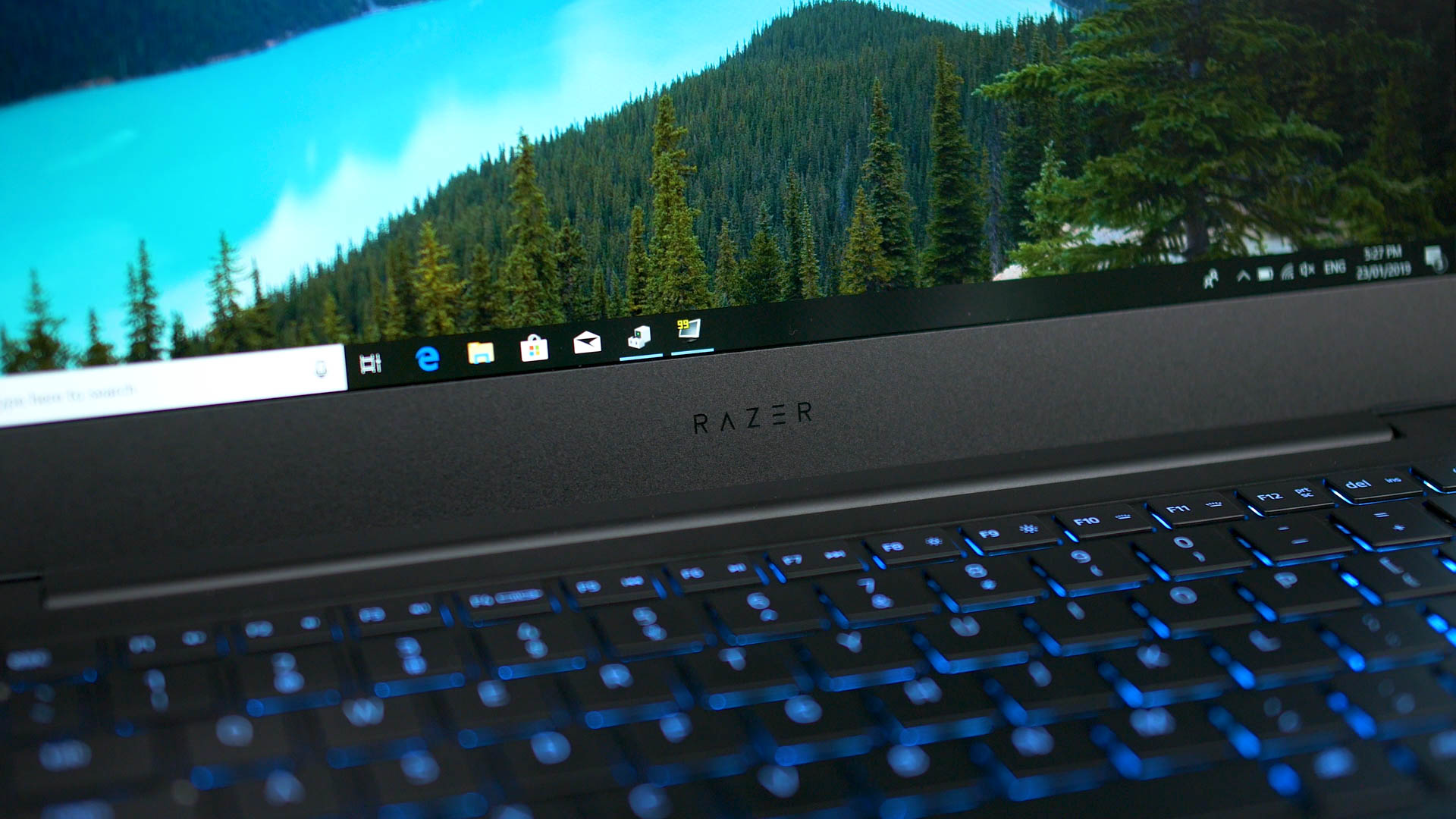
It’s common for pinnacle-end merchandise with the fastest hardware to provide much less than most beneficial bang for greenback; there’s continually a premium associated with getting the quickest or first-class merchandise. The question is whether or not you’re inclined to pay more, or whether you’d be glad with the multitude of different options available on the market.
As a top class ultrabook, the Razer Blade Stealth supplies once again.
- Razer Blade Stealth on Razer.com, Amazon
- More Core i7-8565U geared up laptops on Amazon
0 Response to "Razer Blade Stealth Review"
Post a Comment